Home>Garden Essentials>How To Plant Cat Grass Seed
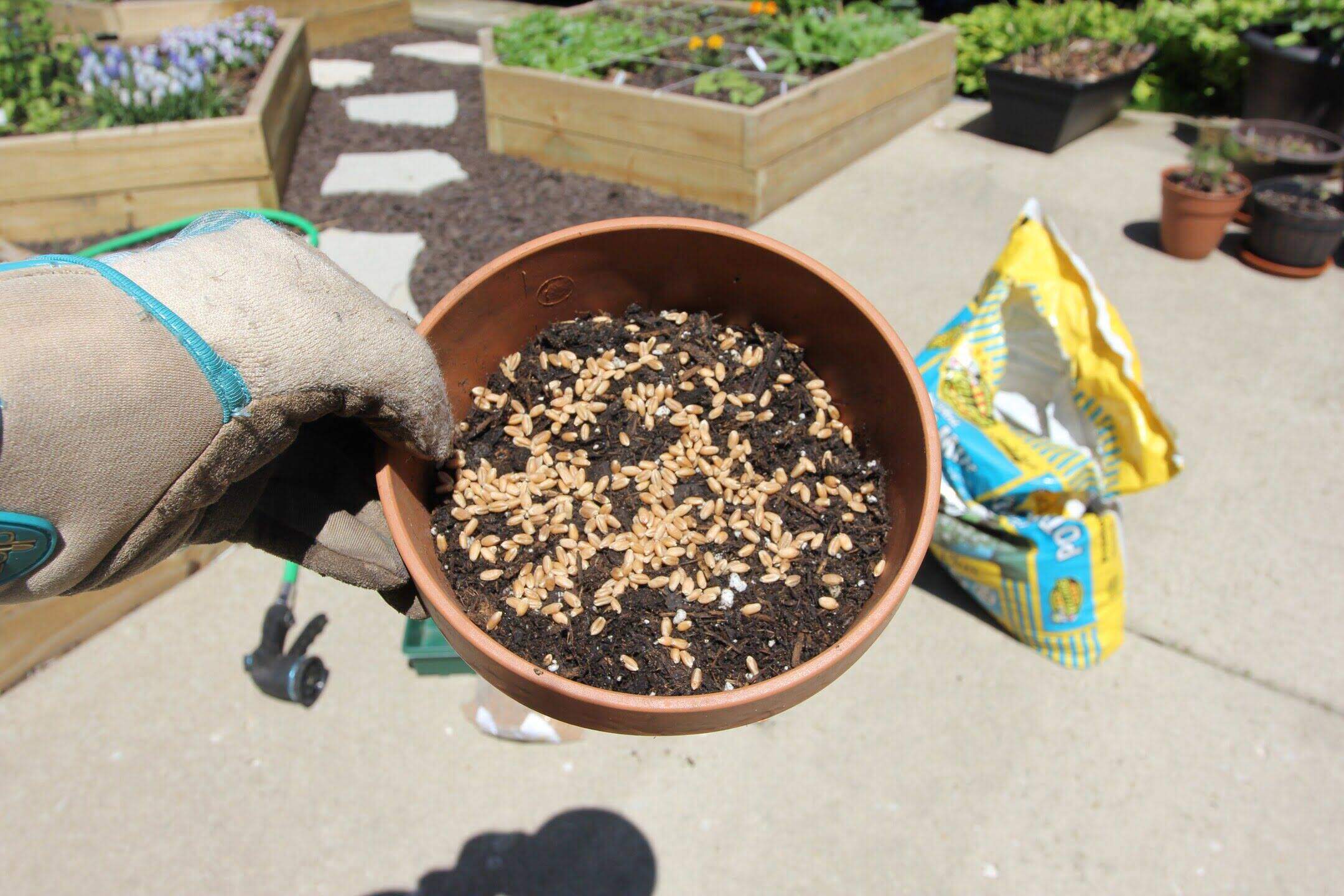

Garden Essentials
How To Plant Cat Grass Seed
Modified: April 23, 2024
Learn how to plant cat grass seed in your garden and create a safe and healthy play area for your furry friends.
(Many of the links in this article redirect to a specific reviewed product. Your purchase of these products through affiliate links helps to generate commission for Storables.com, at no extra cost. Learn more)
Introduction
Welcome to the wonderful world of gardening! If you’re a proud owner of a furry feline friend, you may be familiar with the concept of cat grass. Cat grass is a type of grass that is safe and enjoyable for cats to nibble on. It provides a range of health benefits for your furry companions and can be a great addition to your indoor or outdoor garden.
In this article, we will explore the benefits of cat grass, provide guidance on selecting the right cat grass seeds, share step-by-step instructions on planting and caring for cat grass, and offer some helpful tips for maintaining healthy plants. Whether you’re a seasoned gardener or a newbie, this guide will help you create a lush and enticing green space for your beloved feline.
So, why should you consider adding cat grass to your garden? Let’s delve into the benefits!
Key Takeaways:
- Cat grass provides health benefits for cats, including aiding digestion, cleaning teeth, and reducing stress. It’s a safe and enjoyable addition to any indoor or outdoor garden, promoting overall well-being for furry friends.
- To grow healthy cat grass, choose the right seeds, prepare the planting area, and provide proper care. Regular watering, sunlight, and trimming are essential for maintaining a vibrant and enticing green space for your beloved feline.
Read more: How To Grow Cat Grass Seeds
Benefits of Cat Grass
Cat grass offers numerous benefits for both indoor and outdoor cats. Here are some of the top advantages:
- Healthy Digestion: Cat grass is rich in fiber, which assists in promoting healthy digestion for your furry friend. When cats consume grass, it helps them eliminate hairballs and aids in preventing digestive blockages.
- Natural Teeth Cleaning: Chewing on cat grass helps to clean your cat’s teeth by removing tartar and plaque buildup. This can contribute to better dental health and prevent oral issues down the line.
- Stress Relief: Many cats experience stress or anxiety, whether due to changes in their environment or simply their natural disposition. Having access to cat grass allows them to engage in natural behaviors like chewing and nibbling, which can help alleviate stress and provide a sense of comfort.
- Exercise and Stimulation: Indoor cats, in particular, benefit from having cat grass as it provides an outlet for their hunting instincts and physical activity. They can play and roll around in the grass, giving them both exercise and mental stimulation.
- Vitamin and Nutrient Boost: Cat grass is packed with essential vitamins and minerals that can support your fur baby’s overall health. It contains nutrients such as folic acid, vitamins A, C, and E, and chlorophyll, which are beneficial for their immune system.
- Avoiding Toxic Plants: By providing your cat with their own designated grass to chew on, you can deter them from nibbling on potentially harmful plants or flowers in your garden. This ensures their safety and prevents any accidental poisoning or discomfort.
- Behavioral Deterrent: If you have houseplants that your cat tends to munch on, offering them cat grass can redirect their attention and discourage them from damaging your beloved indoor flora. This can be a win-win solution to keep both your cat and houseplants happy.
With all these benefits to consider, it’s clear why cat grass is a great addition to any garden or living space. Now, let’s move on to the next step: selecting the right cat grass seeds.
Selecting the Right Cat Grass Seeds
Choosing the right cat grass seeds is essential for a successful and healthy growth of your cat’s favorite snack. Here are a few factors to consider when selecting cat grass seeds:
- Grass Type: There are various types of grass suitable for cat consumption, such as wheatgrass, barley grass, and oat grass. Each has its unique texture and nutritional profile. Wheatgrass is a popular choice as it is easy to grow and packed with nutrients.
- Organic vs. Non-organic: Opt for organic cat grass seeds whenever possible to ensure that no harmful chemicals or pesticides are present. This is especially important since your cat will be eating the grass.
- Seed Quality: Look for high-quality seeds from reputable sellers or nurseries. Check for freshness and viability by examining the package date and any germination information provided.
- Growing Conditions: Consider the growing conditions required for the specific type of cat grass you choose. Some grasses thrive in full sunlight, while others prefer partial shade. Make sure the growing conditions match your garden or indoor space.
- Availability: Check the availability of cat grass seeds in your local garden centers or online. It’s always convenient to have easy access to the seeds when you’re ready to plant.
Once you have selected the right cat grass seeds, it’s time to prepare the planting area and get ready for the exciting journey of growing cat grass. Let’s move on to the next step!
Preparing the Planting Area
Before planting cat grass seeds, it’s important to prepare the planting area for optimal growth. Whether you plan to grow cat grass indoors or outdoors, follow these steps to create an ideal environment for your furry friend:
- Select the Container or Garden Bed: If you’re growing cat grass indoors, choose a shallow container or tray with good drainage. For outdoor planting, select a designated area in your garden bed or create a separate raised bed for your cat grass.
- Ensure Proper Drainage: Whatever container or bed you choose, make sure there are holes or sufficient drainage to prevent waterlogging. Cat grass prefers well-drained soil to thrive.
- Choose Quality Soil: Use a premium potting mix or topsoil to provide the necessary nutrients for cat grass growth. Avoid heavy clay soils, as they can hinder drainage and lead to root rot.
- Loosen the Soil: If you’re planting outdoors, loosen the soil in the designated area using a garden fork or tiller. This helps promote root growth and allows for proper aeration.
- Level the Surface: Before sowing the cat grass seeds, ensure the planting surface is level and free of any debris or large clumps of soil. Smooth out the area for even germination and growth.
- Consider Light Conditions: Determine whether the planting area will receive full sun or partial shade. Different grass types may have specific light requirements, so choose a location that suits the needs of your cat grass seeds.
- Remove Weeds: Take the time to remove any existing weeds or unwanted plant material from the planting area. Weeds can compete with cat grass for nutrients and water, hindering its growth.
- Water the Planting Area: Moisten the soil in the planting area prior to sowing the cat grass seeds. This ensures that the seeds have initial moisture to kickstart germination.
By adequately preparing the planting area, you are setting the stage for healthy cat grass growth. Now, it’s time to sow the cat grass seeds and watch them sprout! Let’s move on to the next step: planting cat grass seeds.
Planting Cat Grass Seeds
Now that you’ve prepared the planting area, it’s time to sow the cat grass seeds and kickstart their growth. Follow these steps to ensure successful planting:
- Sow the Seeds: Sprinkle the cat grass seeds evenly over the prepared planting area, whether it’s a container or garden bed. Avoid overcrowding the seeds to allow for proper growth and avoid competition for nutrients.
- Press Seeds into Soil: Gently press the seeds into the soil to ensure good seed-to-soil contact. This helps with germination and prevents the seeds from washing away or getting eaten by birds.
- Lightly Cover the Seeds: Sprinkle a thin layer of soil or vermiculite on top of the seeds to provide them with some covering. This helps retain moisture and protects the seeds from drying out.
- Water Thoroughly: After sowing the seeds, give the planting area a thorough watering. Make sure the soil is evenly moist, but not soaked. Regular watering is crucial for the germination process.
- Place in Ideal Location: For indoor planting, place the container in a warm, well-lit area that receives indirect sunlight. Outdoor plantings should be kept in a location with the proper amount of sunlight as required by the specific cat grass variety.
- Monitor and Maintain Moisture: Check the moisture level of the soil regularly and water as needed to keep it consistently moist. Avoid overwatering, as it can lead to fungal growth or root rot.
- Provide Extra Protection: If you’re planting outdoors and the weather is too cold or if there’s a risk of frost, consider providing some protection by covering the planting area with a cloche or plastic wrap.
- Be Patient: Cat grass seeds typically germinate within 7-10 days, but it can vary depending on the variety and growing conditions. Be patient and continue to provide proper care and maintenance as you wait for the vibrant green sprouts to emerge.
By following these steps, you’ll ensure a successful start for your cat grass. Now, let’s move on to the next step: watering and caring for cat grass.
When planting cat grass seed, make sure to use a shallow container with good drainage. Keep the soil moist but not waterlogged, and place the container in a sunny spot. Trim the grass regularly to promote healthy growth.
Read more: How To Germinate A Plant
Watering and Caring for Cat Grass
Proper watering and care are essential for the healthy growth and maintenance of cat grass. Follow these guidelines to ensure your cat grass thrives:
- Watering: Cat grass requires consistent moisture, especially during the early stages of growth. Keep the soil evenly moist by watering when the top inch feels dry. Use a spray bottle or gentle watering can to avoid disturbing the delicate seedlings.
- Avoid Overwatering: While cat grass appreciates moisture, be cautious not to overwater. Excess water can lead to root rot or fungal diseases. Ensure proper drainage in the container or planting area to prevent waterlogging.
- Provide Adequate Sunlight: Cat grass generally thrives in bright, indirect sunlight. Indoors, place the container in a spot where it receives at least 4-6 hours of sunlight per day. For outdoor plantings, choose a location that offers the appropriate amount of sunlight for the specific grass variety.
- Rotate the Container: If you’re growing cat grass indoors, rotate the container occasionally to ensure that all sides of the grass receive equal exposure to sunlight. This prevents the grass from leaning towards one direction as it grows.
- Trim as Needed: Cat grass tends to grow quite quickly. To maintain its optimal height for your cat’s enjoyment, trim the grass using clean scissors or shears. This also helps promote denser growth and prevents the blades from becoming too long and droopy.
- Keep Your Cat’s Safety in Mind: While cat grass is safe for consumption, ensure that your furry friend does not eat the grass excessively or ingest any potentially harmful pesticides or fertilizers. Regularly inspect the grass and remove any debris or unwanted material that may have come into contact with it.
- Monitor for Pests: Be vigilant for any signs of pests such as aphids, mites, or flies. If you notice any infestation, gently spray the affected plants with a mixture of water and mild soap to deter the pests.
- Replace Every Few Weeks: Cat grass has a limited lifespan, typically lasting a few weeks to a month. To ensure a fresh supply of tender grass for your cat, consider planting a new batch of seeds every few weeks.
By providing proper watering and care, you’ll cultivate healthy and lush cat grass that your furry friend will love indulging in. Next, let’s explore the process of harvesting cat grass.
Harvesting Cat Grass
Once your cat grass has reached a desirable height and is lush and vibrant, it’s time to harvest it for your furry friend to enjoy. Follow these steps to harvest cat grass effectively:
- Choose the Right Time: Harvest cat grass when it has reached a height of around 4-6 inches. At this stage, it is young and tender, providing the most nutritional value for your cat.
- Use Clean Tools: Ensure that your scissors or shears are clean and sanitized before harvesting cat grass. This helps prevent any contamination or transfer of harmful substances.
- Cut Above the Base: Position your scissors or shears above the base of the grass and snip it off. Leave about an inch or so of the grass remaining to allow it to regrow for future harvests.
- Collect the Harvest: Gather the snipped cat grass and transfer it into a bowl or plate. Remove any loose soil or debris before offering it to your cat.
- Offer to Your Cat: Present the freshly harvested cat grass to your feline friend. You can either place it in a designated cat grass dish or offer it directly for your cat to chew and enjoy.
- Dispose of the Remaining Stalks: Once you have harvested the cat grass, you can discard the remaining stalks and roots. If you’re growing cat grass outdoors, you can compost them for future use.
By harvesting cat grass at the right time and in the correct manner, you’ll provide your cat with fresh and delicious grass to munch on regularly. Now, let’s explore some helpful tips for growing healthy cat grass.
Tips for Growing Healthy Cat Grass
To ensure the optimal growth and health of your cat grass, consider these helpful tips:
- Choose the Right Grass Type: Different cats may have preferences for specific types of grass. Experiment with different varieties like wheatgrass, barley grass, or oat grass to find the one that your cat enjoys the most.
- Provide Regular Light: Cat grass thrives in bright, indirect sunlight. If you’re growing it indoors, place the container near a sunny window or use artificial grow lights to provide the necessary light for healthy growth.
- Don’t Overwater: While cat grass requires consistent moisture, be mindful not to overwater it. Too much water can lead to root rot or fungus growth. A good rule of thumb is to water when the top inch of soil feels dry.
- Avoid Overcrowding: Sow cat grass seeds evenly and avoid overcrowding them. Giving each seed enough space will prevent competition for nutrients and allow for proper growth.
- Rotate Indoor Plants: If you’re growing cat grass indoors, rotate the container every few days to ensure all sides receive equal exposure to light. This helps prevent the grass from leaning towards one direction.
- Use Organic Soil and Seeds: Opt for organic soil and seeds to ensure that no harmful chemicals or pesticides come in contact with your cat’s grass. This promotes a healthier and safer environment for your furry friend.
- Monitor for Signs of Pests: Regularly inspect the cat grass for any signs of pests like aphids or mites. If you notice any infestation, take immediate action to control and eliminate the pests.
- Introduce Gradually: If your cat is new to cat grass, introduce it gradually. Start with small amounts and observe how your cat reacts. Some cats may instantly take to it, while others may need a little time to warm up to the idea.
- Consider Cat Grass Toy Options: Cat grass can also be incorporated into interactive toys or platforms for added entertainment. Explore options that allow your cat to play and interact with the grass while promoting physical and mental stimulation.
- Regularly Refresh and Replace: Cat grass has a limited lifespan, so it’s important to refresh and replace it every few weeks to ensure a fresh and enjoyable experience for your cat.
By implementing these tips, you’ll be well on your way to growing healthy and irresistible cat grass that your furry friend will love. If you have any further questions about cat grass, let’s address some frequently asked questions.
Frequently Asked Questions about Cat Grass
Here are some common questions that cat owners often have about cat grass:
- Q: Can all cats eat cat grass?
A: Yes, most cats can safely eat cat grass. However, it’s always a good idea to monitor your cat’s response to ensure they tolerate it well. - Q: Can outdoor cats benefit from cat grass?
A: Absolutely! Cat grass can provide outdoor cats with a safe and natural alternative to nibbling on potentially harmful plants in their environment. - Q: Can I grow cat grass indoors?
A: Yes, cat grass can be grown indoors in containers or trays. Just ensure it receives sufficient sunlight or use grow lights as a supplement. - Q: How long does it take for cat grass to grow?
A: Cat grass typically germinates within 7-10 days. It can be ready for harvesting in as little as 2-3 weeks, depending on the growing conditions. - Q: How often should I replace cat grass?
A: Cat grass has a limited lifespan of a few weeks to a month. It’s recommended to refresh and replace it every few weeks to maintain freshness and optimal nutrition for your cat. - Q: Can I give my cat too much cat grass?
A: While cat grass is generally safe for consumption, moderation is key. Too much grass can cause digestive upset. Monitor your cat’s intake and adjust accordingly. - Q: Can I grow cat grass from regular grass or lawn seeds?
A: It’s best to use specific cat grass seeds as they are typically chosen for their nutritional value and safe consumption by cats. - Q: Is cat grass the same as catnip?
A: No, cat grass and catnip are two different plants. Catnip (Nepeta cataria) is a herb known to stimulate cats, while cat grass is primarily consumed for its health benefits. - Q: Can I grow cat grass in hydroponics or without soil?
A: Yes, cat grass can be grown hydroponically using a soilless medium such as coco coir or water-based systems. Just ensure the roots receive adequate moisture and nutrients. - Q: Is cat grass suitable for kittens?
A: Cat grass can be enjoyed by kittens as long as they can safely consume solid foods. It can provide them with the same benefits as adult cats.
If you have any other questions or concerns about cat grass, don’t hesitate to consult with your veterinarian or experienced gardeners. Now, let’s conclude this article.
Read more: How To Plant Seed
Conclusion
Cat grass is a wonderful addition to any garden or indoor space, providing numerous benefits for our beloved feline friends. From promoting healthy digestion to providing natural teeth-cleaning properties, cat grass offers a range of advantages that contribute to your cat’s overall well-being. By selecting the right cat grass seeds, preparing the planting area, and following proper care guidelines, you can successfully grow a lush and enticing cat grass garden that your cat will love.
Remember to choose the appropriate grass type, provide adequate sunlight and moisture, and trim the grass as needed to maintain its optimal height. Regularly refreshing and replacing the cat grass ensures a fresh and enjoyable experience for your furry friend. Keep in mind that cat grass cultivation is not only beneficial for indoor cats but can also provide a safe and natural alternative for outdoor cats to satisfy their instinctual cravings.
Now that you have a better understanding of the benefits, selection, planting, and care of cat grass, you can embark on this exciting journey of creating a haven of healthy greens for your feline companion. Enjoy watching your cat indulge in the lush grass and witness the positive impact it has on their well-being.
Should you have any further questions or concerns about cat grass, don’t hesitate to consult with experts or professionals in the field. Happy gardening and may your cat enjoy many happy and playful moments with their new green companion!
Frequently Asked Questions about How To Plant Cat Grass Seed
Was this page helpful?
At Storables.com, we guarantee accurate and reliable information. Our content, validated by Expert Board Contributors, is crafted following stringent Editorial Policies. We're committed to providing you with well-researched, expert-backed insights for all your informational needs.
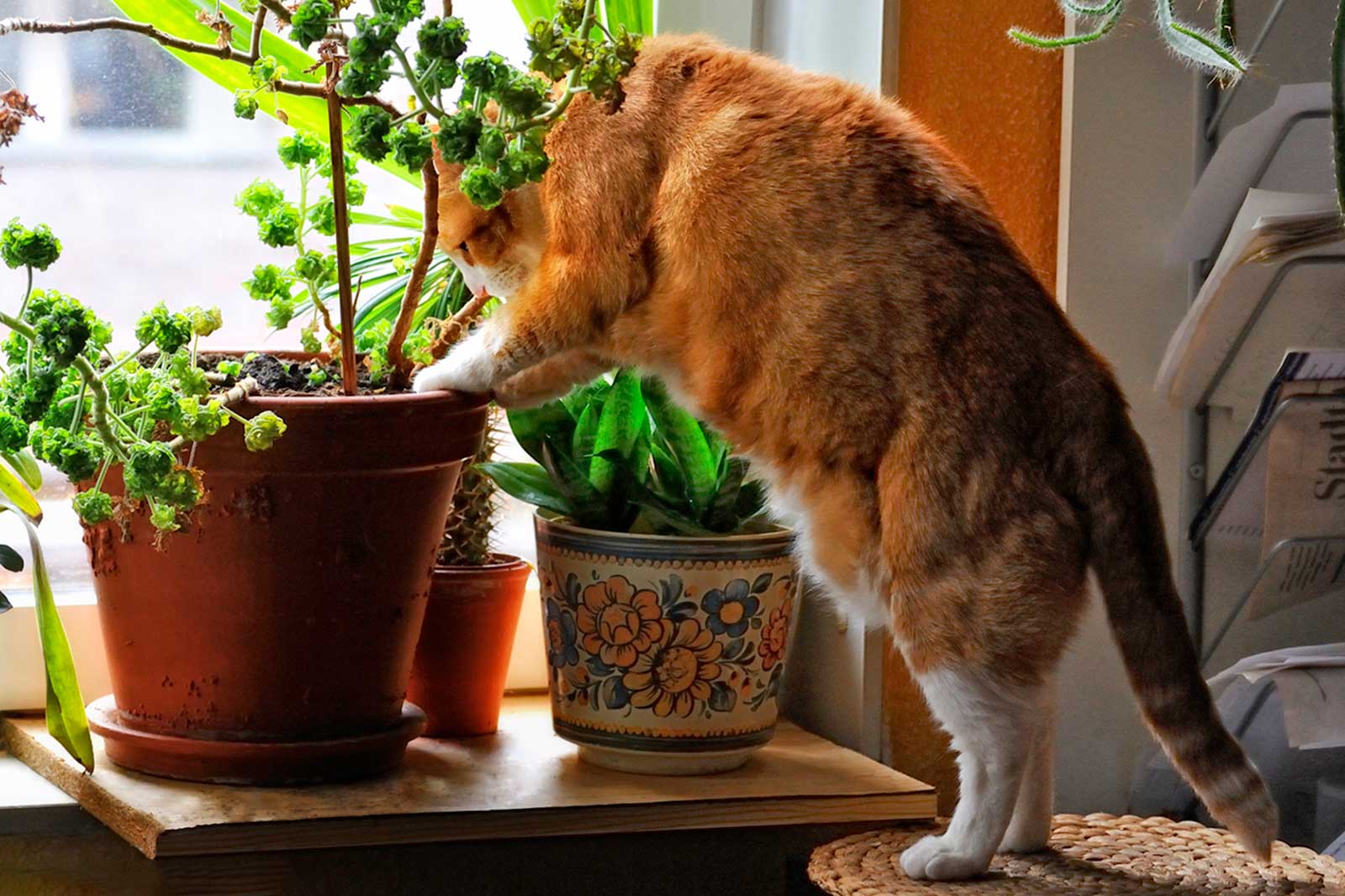

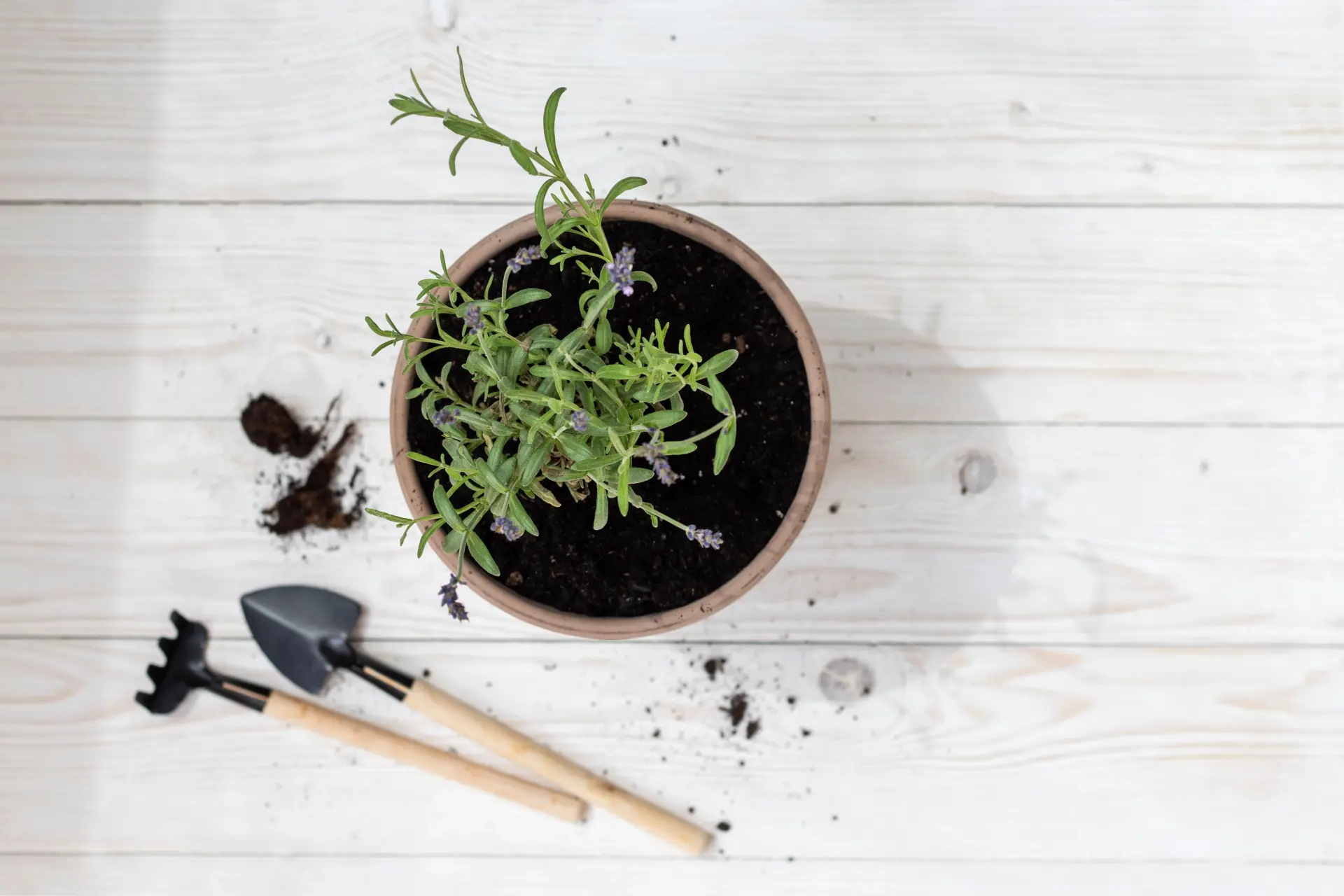
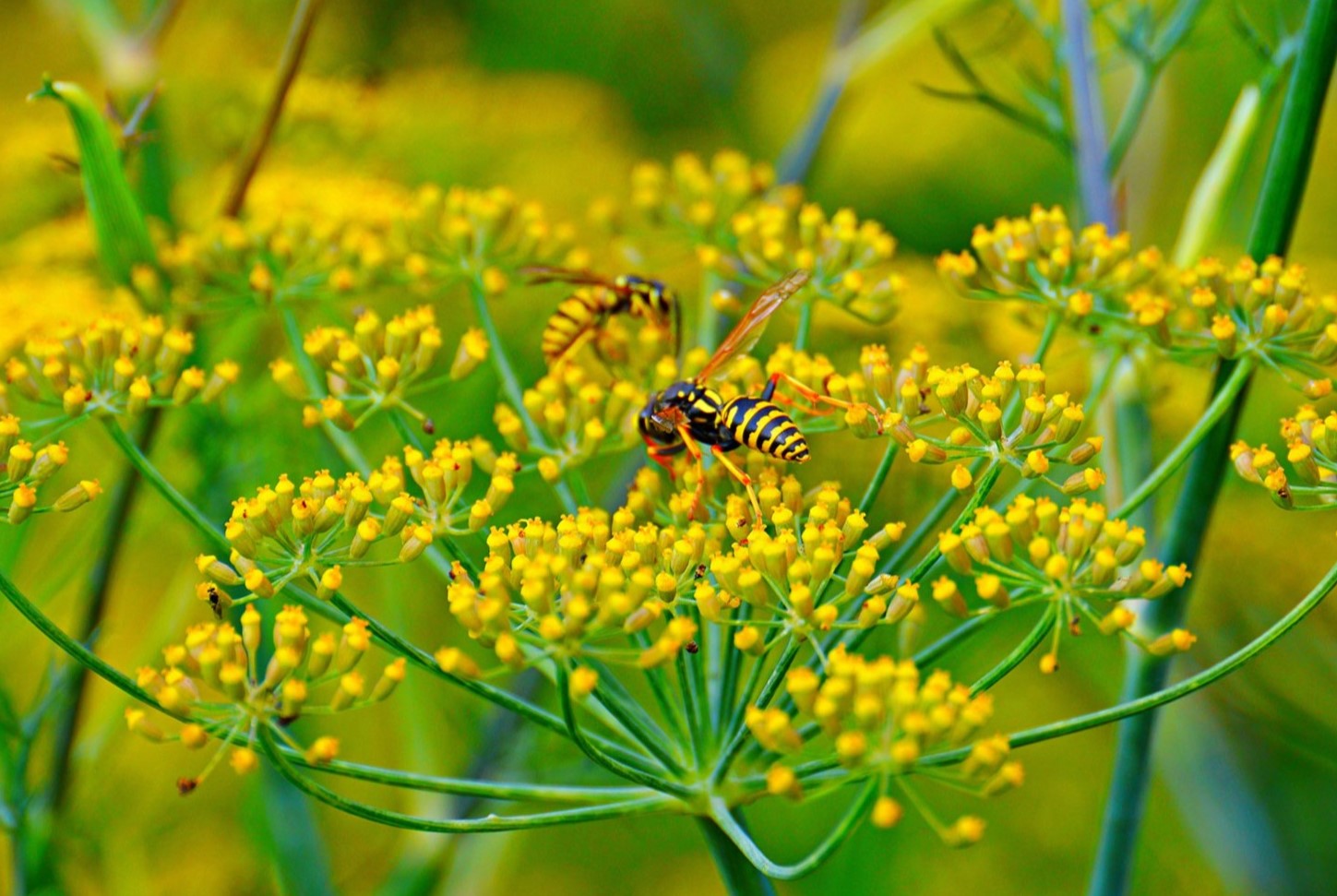
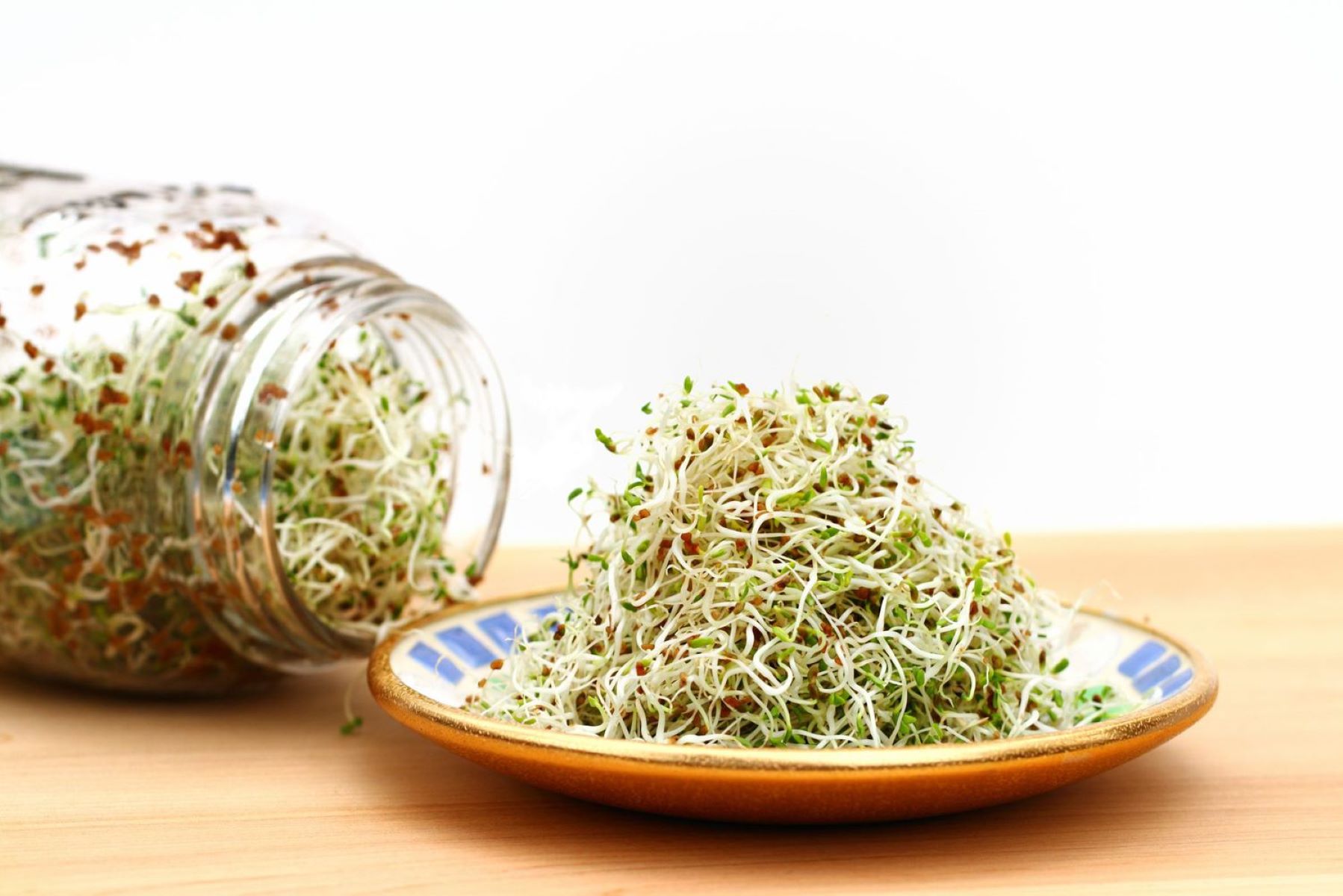
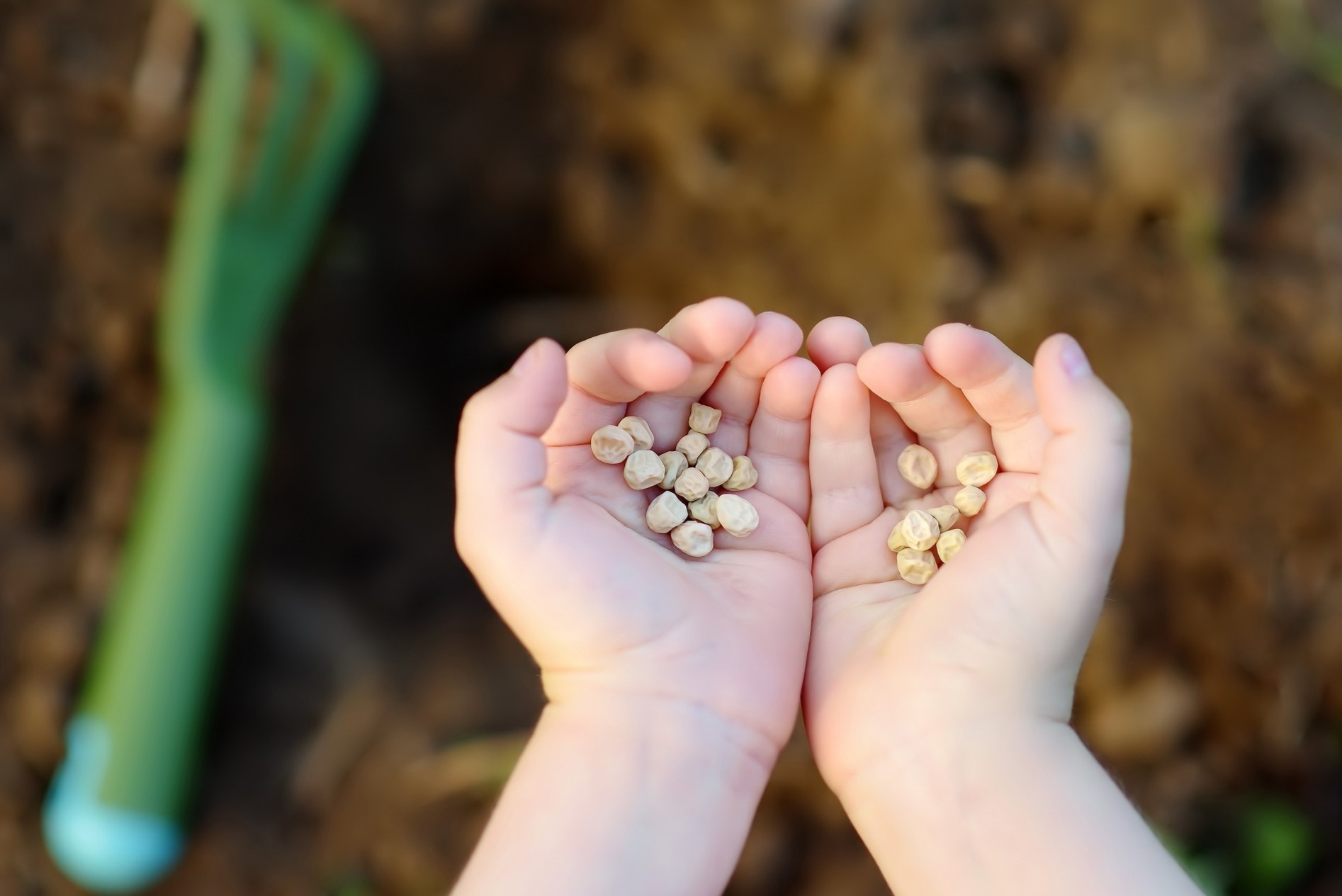

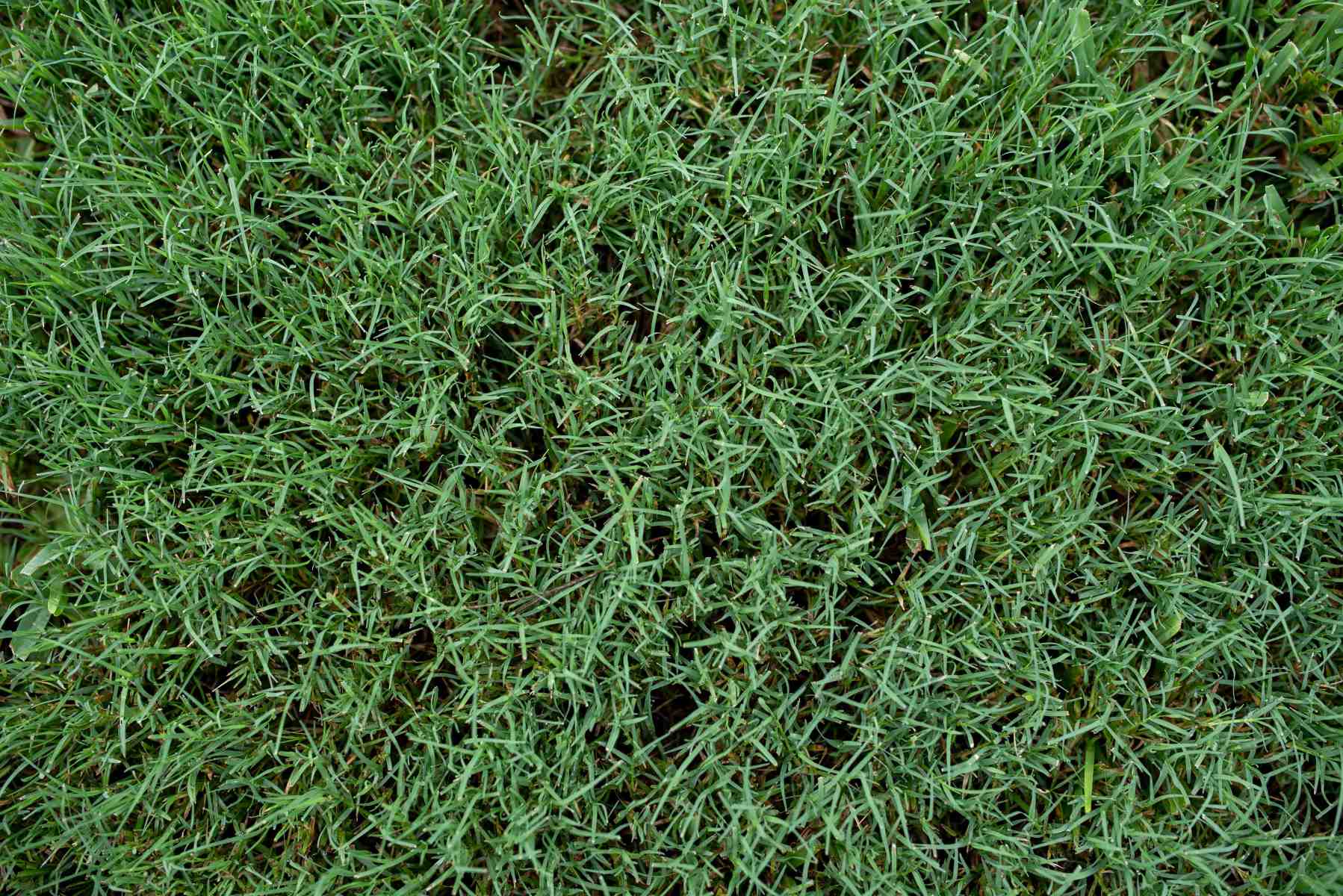
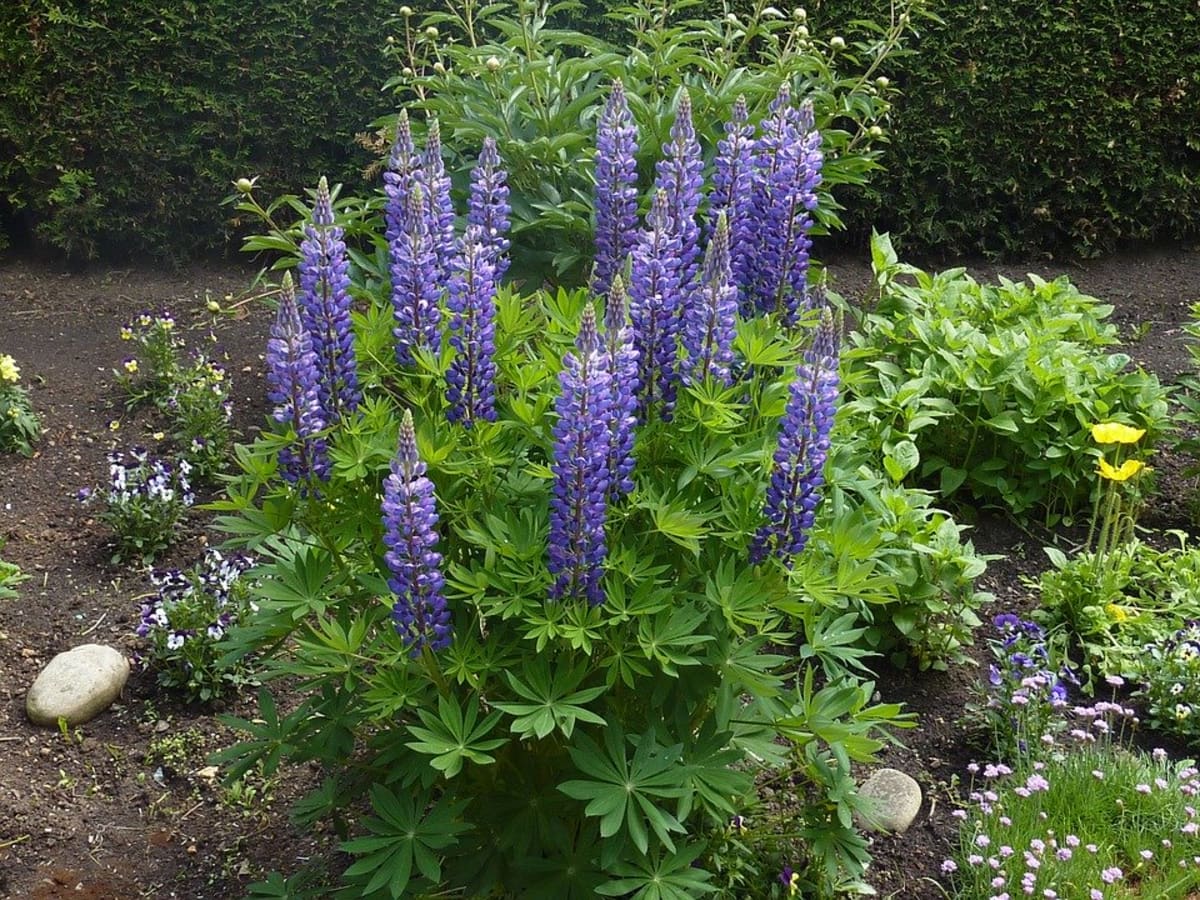


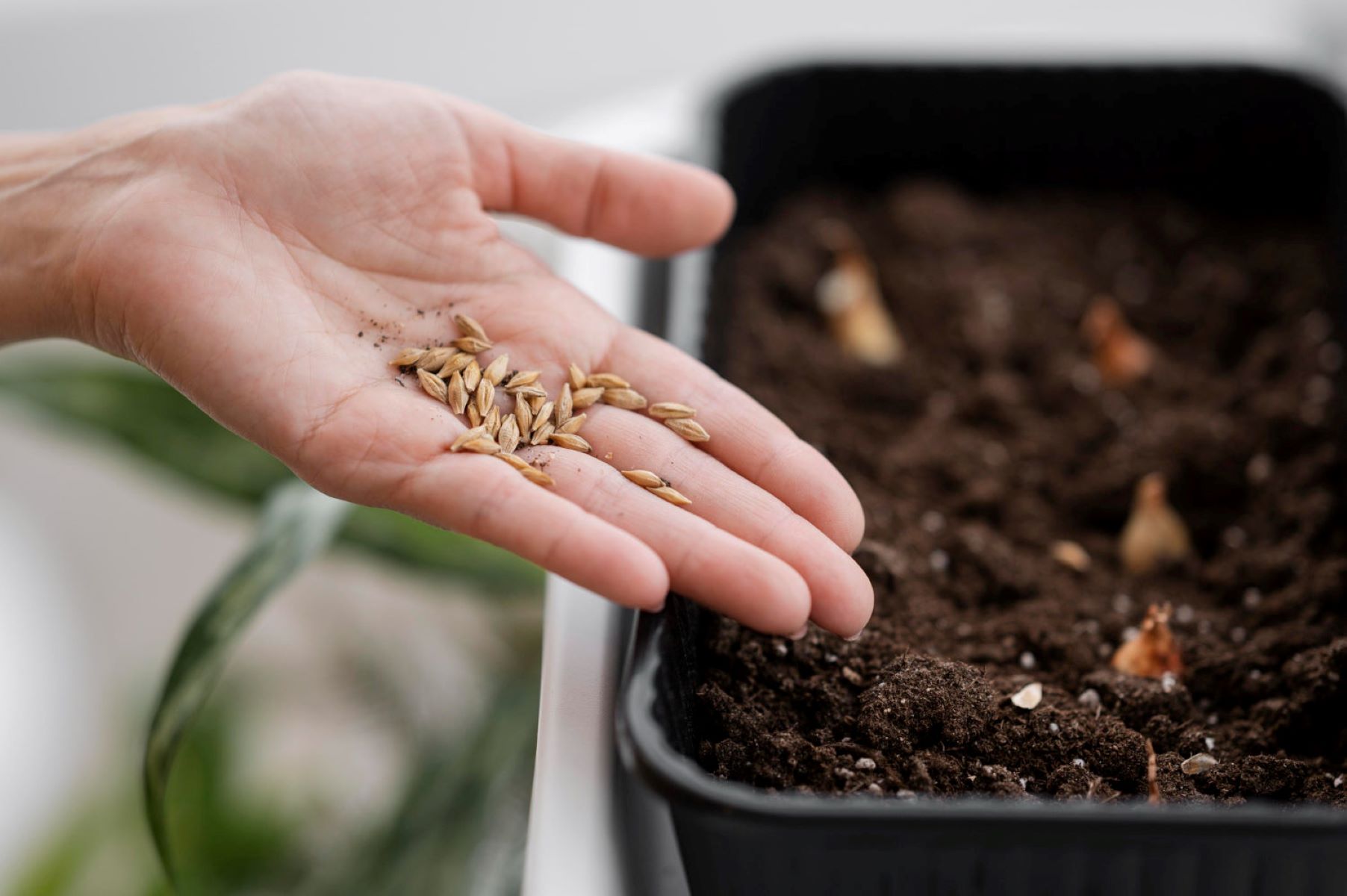


0 thoughts on “How To Plant Cat Grass Seed”